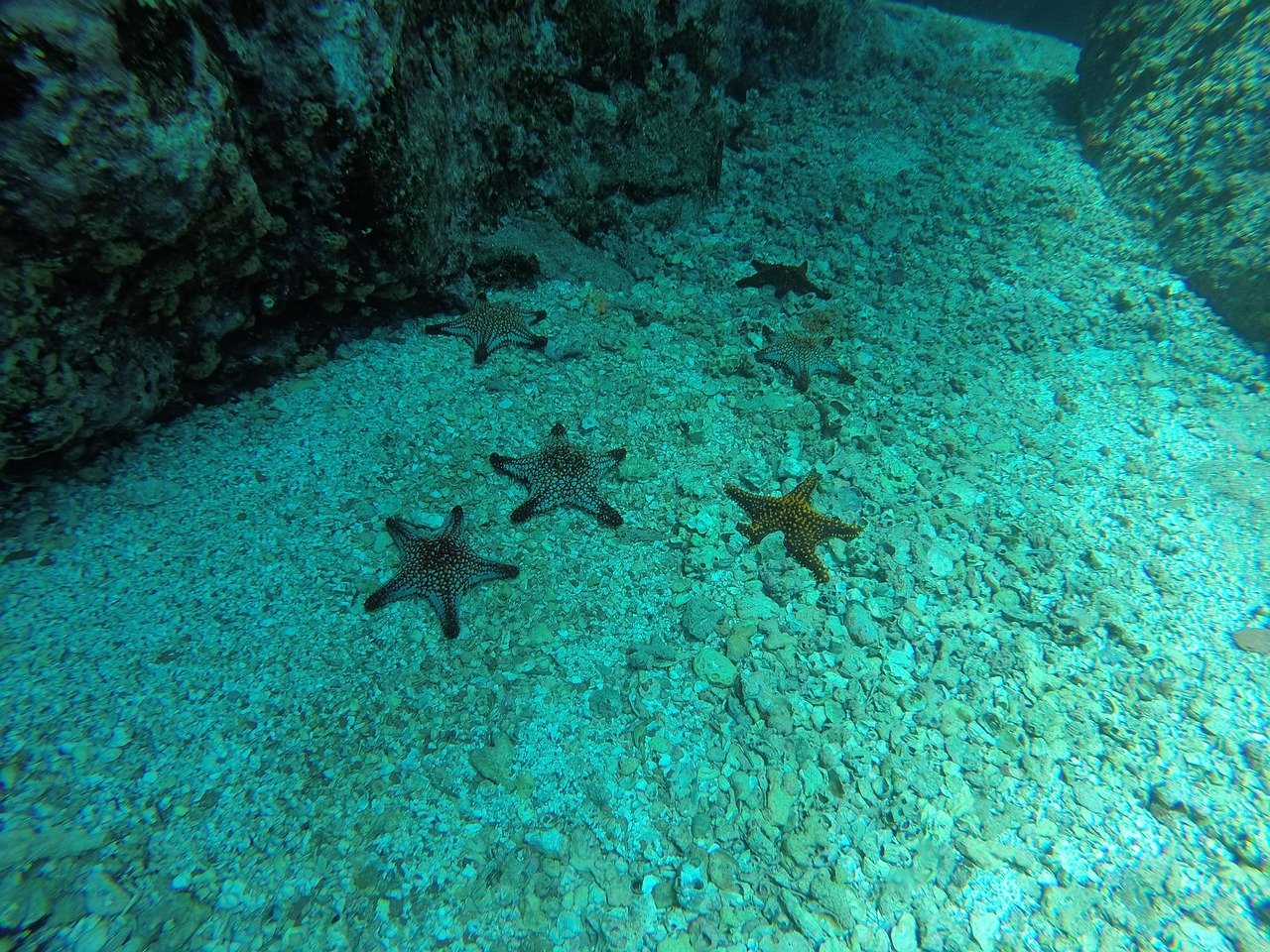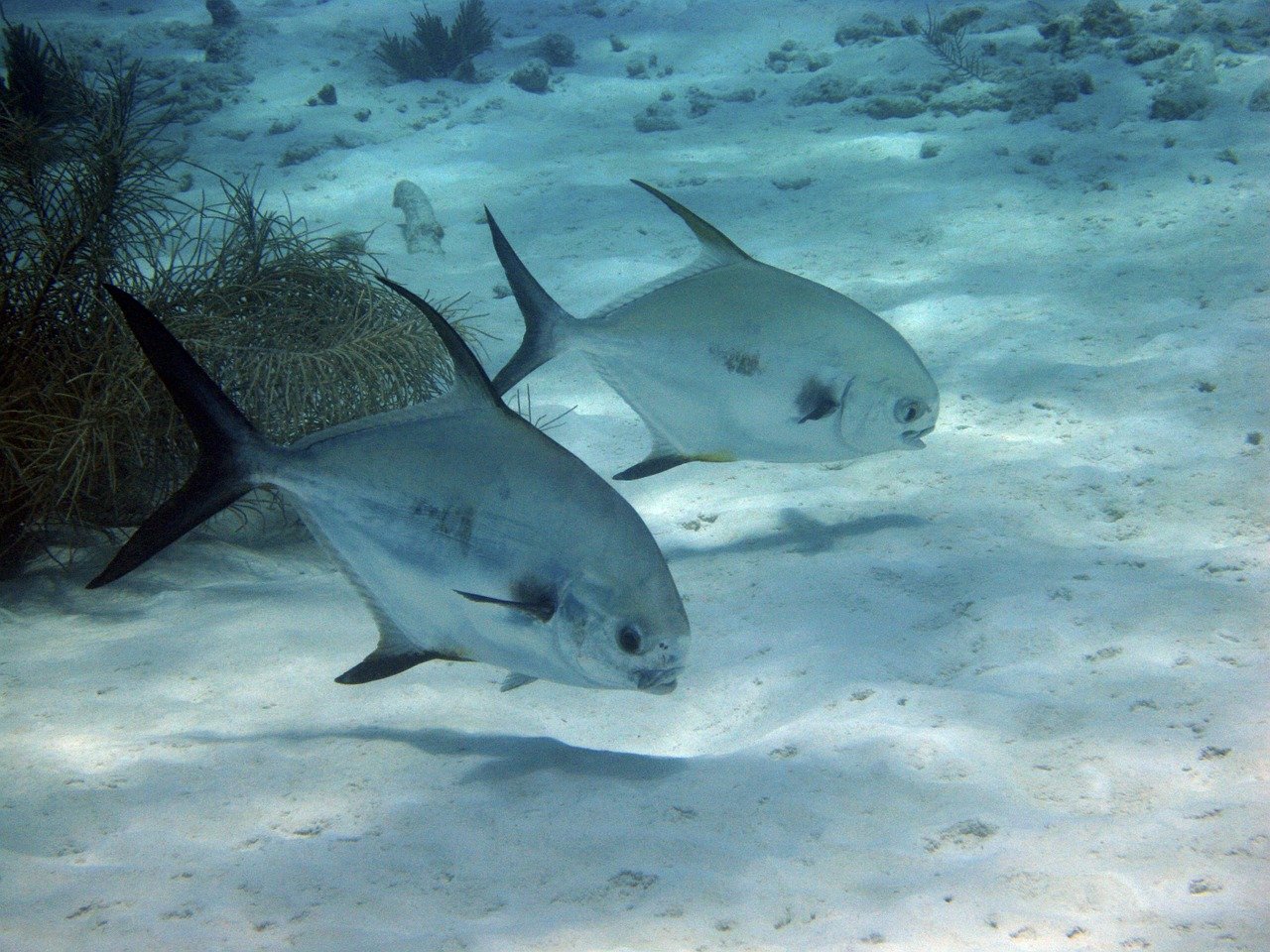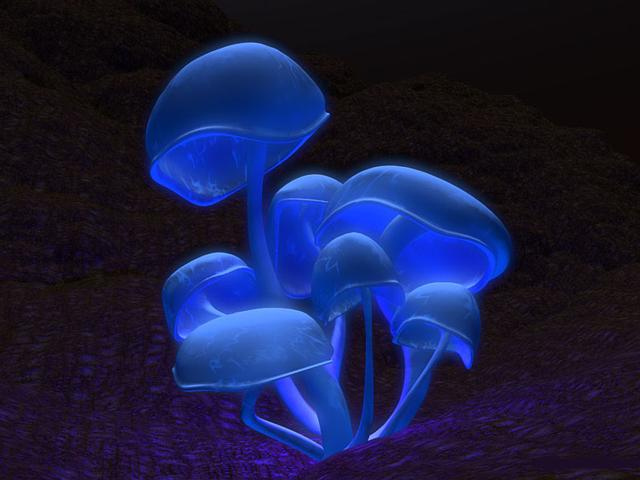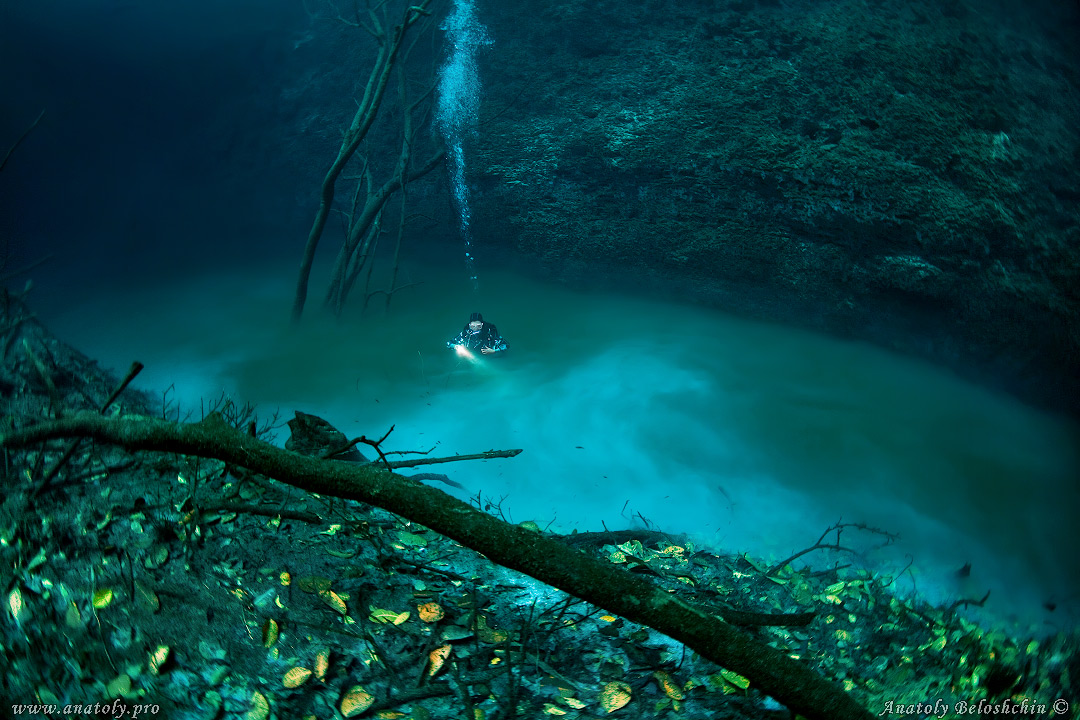
Depth of the Ocean – Have we ever found the actual figures?
The Earth has five major oceans that cover almost 70% of its surface. Research states that man has only explored 5% of this oceanic vastness and there is much more to the oceans than what meets the eye. The ocean floor especially is a place that is not just difficult to reach but is also difficult to study considering the extreme conditions over there. The actual depth of the ocean is something that still remains a topic of debate to this day. Scientists and oceanographers have used various methods and continuously tried to measure the depth of the ocean and have only come up with varying results. Here is what we know about the ocean depths.
How deep is the Ocean?
Scientists from the NOAA and Woods Hole Oceanographic Institution recently measured the ocean depths using satellite measurements and found out that the average depth of the ocean is 3682m which comes up to roughly 12080 feet. However, the ocean floor is not uniform and has severe undulations and trenches where the ocean depth can vary. The deepest part of the ocean known to man measures about 11034m (36201 feet) and is known as the Challenger Deep located in the Mariana Trench in the Pacific Ocean. It has been named after the HMC Challenger, whose crew members were the first to measure its depth in 1875 using the sound waves.
Methods to measure ocean depth
The technique employed to measure the depth of the ocean or any waterbed is known as Bathymetry. The depth is measured using two methods. The first method is the SONAR method which stands for Sound Navigation and Ranging. This method uses a device known as Echo Sound which emits sound waves and also receives the return sound waves. The time difference between the emission and return of the sound wave is recorded and used along with the speed of sound to calculate the ocean depth.
Another method to measure the ocean depth is the Satellite Altimetry. This method calculates the ocean depth on the basis of the terrain of the ocean floor. This method is a more reliable method to measure the depth of the ocean and has yielded better estimates that the methods used in the past. Mapping of the sea floor in high resolution is required to obtain the exact data. Since only, only 10% of the ocean floor has been mapped in high resolution, the depth of the ocean calculated is just an estimate.
How is it like there?

When it comes to ocean, anything deeper than 200 m is considered to be the deep sea. However the ocean is as deep as 3.5 km and the deepest region of the ocean is known as the HADAL zone. The hadal zone derives its name from “Hades” who was the Greek God of the Underworld, brother of Zeus and Poseidon. He was known to be a strict king who never allowed any of the inhabitants of his kingdom to leave. This is very similar to the fauna present in hadal zone. The animals found in this zone are so used to the conditions here that they are incapable of surviving anywhere else.
Hadal zone contains a series of deep trenches caused due to the subduction of tectonic plates and also animal species which have not been studied extensively. The condition of the hadal zone is extreme with the temperatures always ranging from 1 to 4 degree Celsius. The pressure increases linearly with the depth and ranges from 600 to 1100 atmospheres in this region which is equivalent to one tonne.
The hadal zones are full of marine life. Marine species like bivalves, gastropods, holothurians, amphipods and polychaetes are found here. Red prawns and schools of pink fishes are commonly seen in the shallower trenches while the deeper parts are inhabited by clusters of snails, sea cucumbers, worms and hoppers.
Interesting facts and figures
– The ocean is so deep that Mount Everest, which is the highest mountain peak on earth, can fully fit inside the deepest ocean trench and still have some miles of water above it.
– Only four people have explored the Challenger Deep. In 1960, two scientists had explored it aboard the Trieste. In 2012, director James Cameron explored it. And recently, an explorer named Victor Vescovo dived to the deepest part of the Pacific Ocean in order to study it.
– The submarine Nereus was the first submarine that explored the hadal zone. After several successful expeditions, it imploded in its last expedition to the Mariana Trench in 2009 most likely due to the intense hydrostatic pressure.
– The Mid Ocean Ridge, which is the world’s longest mountain range, is located under the ocean and stretches for 65000 kilometers.
– Since the oceans have been the dumping grounds for waste and also the ocean to have witnessed countless shipwrecks, more historic artifacts are found under the ocean than in museums.
– The marine plants produce 80% of the oxygen that we breathe.
– In the past, some scientists used TNT to measure the depth of the ocean. The TNT was thrown in to the trenches of the ocean and the resultant echo was recorded from a boat and used to estimate the ocean depth. However, the sensitivity of this method remains questionable till date.
– The first person to photograph the Hadal Zone was Jacques Cousteau in 1956. He submerged his camera in the Atlantic Ocean to reach the sea floor of the Romanche Trench capturing the ocean life at a depth of 24000 feet.
– In 1970, the Puerto Rico Trench was used as a temporary waste dumping ground by pharmaceutical companies which caused permanent changes in the marine microbial communities.
– The Apollo 13 spacecraft which was supposed to land on the moon fell apart just after its launch and a part of the spacecraft which contains plutonium-238 fell into the Tonga Trench where it has remained radioactive since a few years.
In conclusion, the figures regarding the depth of the ocean that we know now are just a ball park figure. Newer methods which are more accurate in measuring the ocean depth need to be developed in order to calculate and study the ocean depths.




